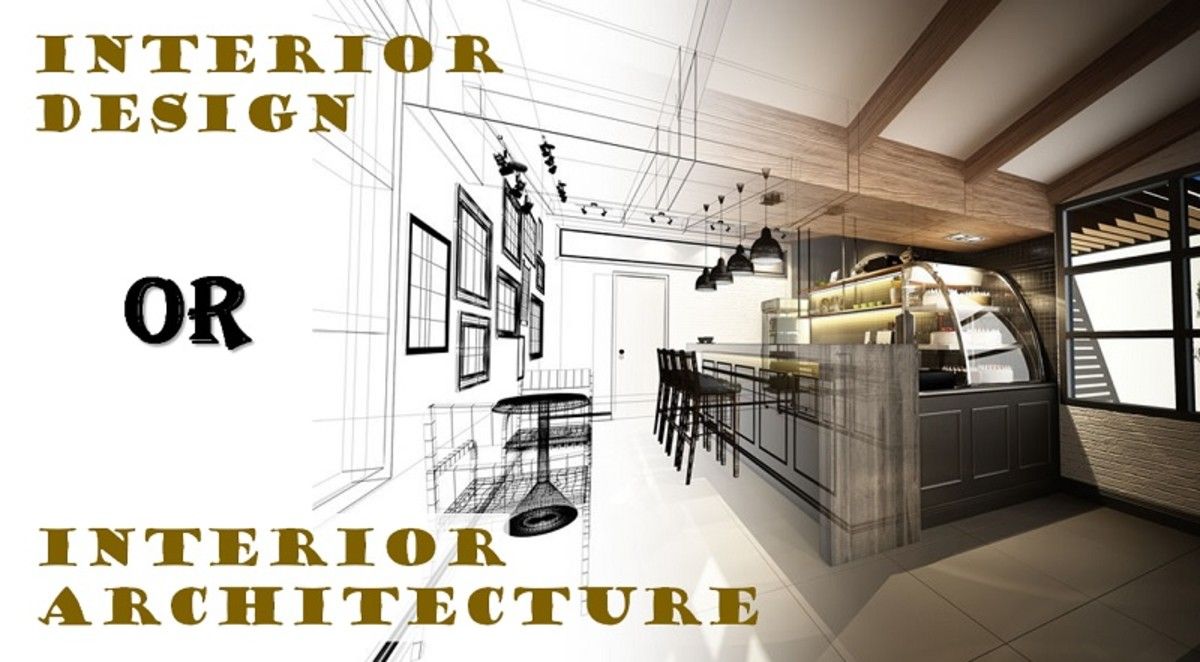Interior Design vs. Interior Decorating: What's the Difference?

Interior design and interior decorating are terms often used interchangeably, but they encompass distinct professions with different focuses, skills, and educational requirements. Understanding the differences between these two can not only clarify what professionals in each field do but also help homeowners and business owners make informed decisions when considering how to improve their spaces. Let's delve into the nuances of interior design and interior decorating to better understand their unique contributions to our living and working environments.
What is Interior Design?


Interior Design is a multifaceted discipline that goes far beyond the aesthetic appeal of a space. Here are the core components:
- Functional Space Planning: At its core, interior design involves understanding and optimizing the spatial dynamics of a room or a building. Designers plan the layout to ensure that the space meets the practical needs of its occupants. This includes considerations for traffic flow, accessibility, and furniture placement that adheres to safety regulations and functional utility.
- Technical Proficiency: Interior designers are required to have knowledge of building codes, safety regulations, and they often work in close collaboration with architects and engineers. They need to understand construction techniques, materials science, and sometimes even plumbing and electrical work to implement their designs effectively.
- Environmental Impact: Modern interior designers are also focused on sustainability, choosing materials and practices that reduce environmental impact. They consider aspects like energy efficiency, thermal comfort, and indoor environmental quality.
- Project Management: Interior designers often manage projects from start to finish, which includes coordination with contractors, budget management, and overseeing construction phases.
💡 Note: Interior designers often require formal education, typically a degree in interior design, architecture, or a related field, along with certification or licensing in many countries.
What is Interior Decorating?


Interior Decorating, while closely related to interior design, focuses primarily on the enhancement of a space’s aesthetics through the selection of:
- Furnishings and Fixtures: Decorators choose pieces that fit both the space and the owner’s style, without necessarily delving into structural changes.
- Color Schemes and Fabric Choices: They have an expert eye for creating harmonious color palettes and selecting textiles that complement both each other and the room’s function.
- Art and Accessories: This includes everything from wall hangings to throw pillows, plants, and decorative objects. Interior decorators add the finishing touches that personalize a space.
- Aesthetic Appeal: Their main goal is to make a space visually appealing, cozy, and reflective of the occupant’s personality or the business’s brand.
Education and Skills

| Aspect | Interior Design | Interior Decorating |
|---|---|---|
| Education | Degree in Interior Design or related fields, licensure | Formal education not mandatory, but courses beneficial |
| Key Skills | Spatial planning, knowledge of codes, technical drawing | Color theory, fabric selection, visual balance |
| Scope of Work | Design and construction involvement | Furnishing, styling, and aesthetic enhancement |

Why Does it Matter?

Understanding the distinction between interior design and decorating is crucial:
- For Homeowners: If you’re considering changes that require structural modifications, like knocking down a wall or reconfiguring space, you’d need an interior designer. For aesthetic upgrades like painting or changing furniture, an interior decorator would be more appropriate.
- For Businesses: Companies often require interior designers for office layouts that promote productivity or meet specific regulations. Decorators can then layer in branding elements and create a welcoming atmosphere for clients or employees.
In essence, while both professionals contribute to the look and feel of a space, the scale and scope of their work are significantly different:
- An interior designer might transform a warehouse into a livable, stylish loft by addressing structural changes, plumbing, and electrical work, as well as the visual aesthetics.
- An interior decorator would step in to select finishes, furniture, and decor to create a theme or feel within this already altered space.
By the end of this exploration, one can see how these two disciplines, though related, operate at different levels of depth in the process of creating and improving our spaces. Whether you're looking to overhaul your home, office, or retail space, understanding these distinctions will guide you towards making the most effective choice for your needs.
Do I need an interior designer or decorator for my home?

+
If your project involves changing the structure, layout, or functionality of your space, you’ll need an interior designer. For purely aesthetic changes, an interior decorator would suffice.
Can an interior decorator also do minor construction work?

+
Generally, no. While they might have ideas for minor alterations, they lack the technical skills and legal allowances to perform or oversee structural work. They can, however, coordinate with designers or contractors.
How much do interior designers and decorators charge?

+
Charges vary widely depending on location, experience, scope of work, and project size. Designers might charge hourly rates, a percentage of the total project cost, or flat fees. Decorators often work on a per-room or project basis.